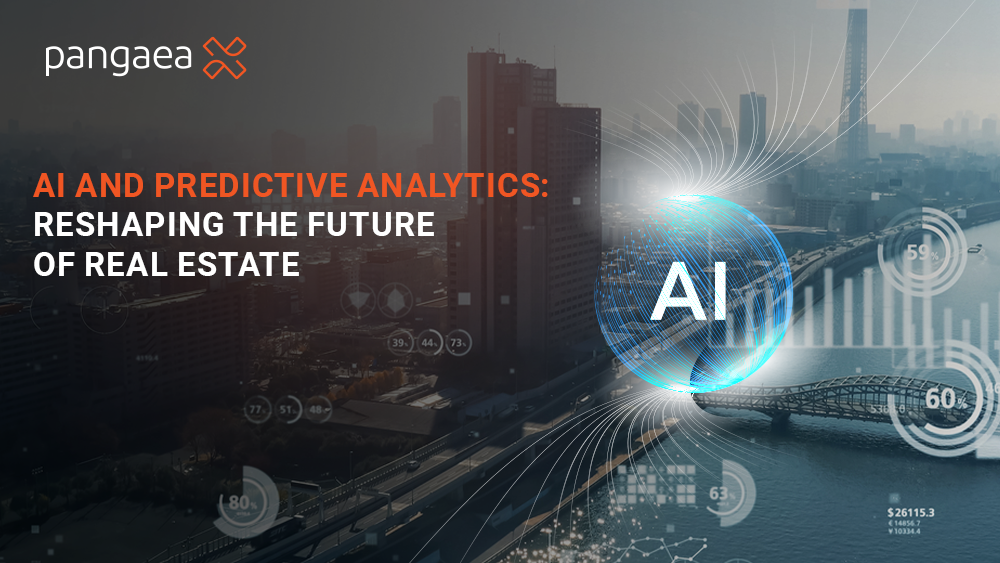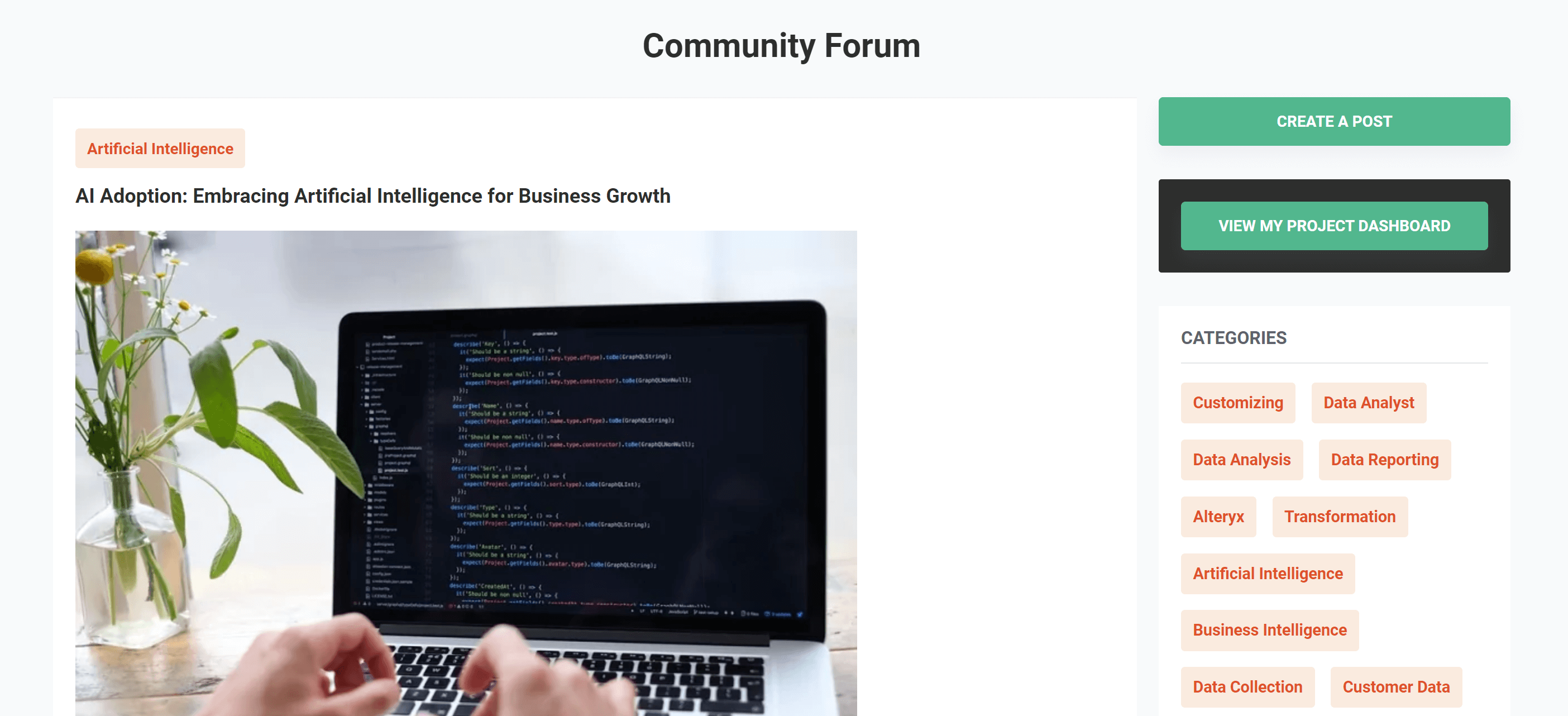AI and Predictive Analytics: Reshaping the Future of Real Estate

Overview
A newly established real estate brokerage firm sought to distinguish itself by adopting a client-centric approach beyond traditional property transactions. The firm prioritized a deep understanding of clients’ financial situations, personal preferences, and long-term satisfaction with new locations while also facilitating bank payment processes. However, as a startup with limited resources and a restricted network, scaling this vision posed significant challenges. To overcome these hurdles, the firm turned to PangaeaX, a dynamic platform connecting businesses with skilled freelancers specializing in data analytics. By leveraging AI and advanced tools, Pangaea X enabled the firm to enhance efficiency and foster growth. This case study outlines how these innovative solutions transformed the firm into a competitive, data-driven enterprise.
Challenges
The brokerage firm encountered several obstacles, with risk mitigation being a top priority. Establishing client confidence required the elimination of financial and operational uncertainties, yet the firm lacked a robust data infrastructure. Initial lead generation was restricted to a small network, and manual processes hindered scalability. Without comprehensive insights into property conditions, market trends, and client needs, the firm faced transparency and competitiveness issues across both commercial and residential real estate sectors. This data deficiency jeopardized the firm’s ability to provide reliable services, underscoring the necessity for a data-driven solution.
Implementation
The firm recognized the need for a structured, data-driven approach to optimize decision-making and improve service efficiency. Below are the steps taken to achieve these goals. Integrating predictive analytics aims to enhance operational transparency and strengthen client trust.
Development of a Data Model
To address these challenges, Pangaea X facilitated access to a specialized freelance data analyst with expertise in predictive analytics. The analyst developed a predictive model using the R programming language and its established libraries. Key variables incorporated into the model included property location, age, maintenance history, reported issues, and detailed ownership information. This model provided a structured framework for evaluating properties, enabling agents to offer clients transparent and informed insights.
Data Integration and AI Enhancement
The implementation process involved aggregating data from multiple sources, including property records, public listings, and client interactions. AI-driven analytics were integrated to enhance the model’s predictive capabilities, allowing forecasts of property performance and client compatibility. The system assessed whether a property’s attributes aligned with a client’s financial standing and lifestyle preferences, significantly improving decision-making accuracy in both commercial and residential real estate transactions.
Automation of Workflows
Operational efficiency was improved through workflow automation, replacing manual tasks such as cross-referencing property data with client needs with an efficient, data-driven approach. This automation enabled agents to focus on client engagement, delivering tailored recommendations with confidence. The result was a scalable, streamlined process that aligned with the firm’s long-term growth strategy.
Benefits Achieved
The integration of advanced data analytics revolutionized the firm’s approach to real estate transactions, fostering a more strategic and data-informed decision-making process. By leveraging AI and automation, the firm enhanced its operational agility, ensuring sustained growth and a competitive edge in the market.
Below are some of the key benefits achieved:
Enhanced Financial Performance: The integration of data analytics yielded measurable financial benefits. The brokerage firm achieved a 5% increase in ROI, facilitated by optimized client-property matching and accelerated transaction cycles. The predictive model expanded the lead pool by identifying high-value opportunities, directly contributing to revenue growth. Key financial benefits included:
- Higher deal closure rates due to precise client-property alignment.
- Reduced financial risks through early identification of potential property issues.
Operational Efficiency Improvements: The adoption of data-driven automation eliminated labor-intensive tasks such as manual property research and client profiling. This efficiency gain was equivalent to the workload of a full-time employee, optimizing resource utilization. Specific improvements included:
- Automated lead prioritization, allowing agents to focus on high-potential clients.
- Streamlined data access, reducing preparation time for client interactions.
Increased Client Trust and Productivity: Beyond quantitative metrics, the firm experienced qualitative improvements. Agents had real-time access to data, enhancing their ability to address client inquiries with precision. This level of transparency fostered trust, particularly in commercial and residential real estate transactions, as clients appreciated the firm’s risk-mitigation strategies. Additional benefits included:
- Increased agent productivity through the reduction of administrative burdens.
- Higher client satisfaction, resulting in repeat business and referrals.
Long-Term Scalability The incorporation of predictive analytics and AI established a scalable foundation, transitioning the firm from reactive operations to a proactive, data-driven business model. This adaptability ensured long-term competitiveness in an evolving real estate market, reinforcing the firm’s reputation as an innovative industry leader.
Conclusion
This case study illustrates how PangaeaX empowered a growing real estate brokerage firm to achieve market leadership through data analytics. By leveraging its platform to connect the firm with a freelance data analyst and integrating AI-driven predictive analytics, Pangaea X enabled it to overcome significant challenges, achieving a 5% increase in ROI and operational excellence. The success of this transformation underscores the critical role of data analytics in mitigating risks and driving business growth. As a benchmark for commercial and residential real estate analytics, this case study highlights the immense potential of data-driven strategies. Pangaea X provides a proven roadmap for real estate firms seeking similar success in an increasingly data-centric industry.
Get your data results fast and accelerate your business performance with the insights you need today.



